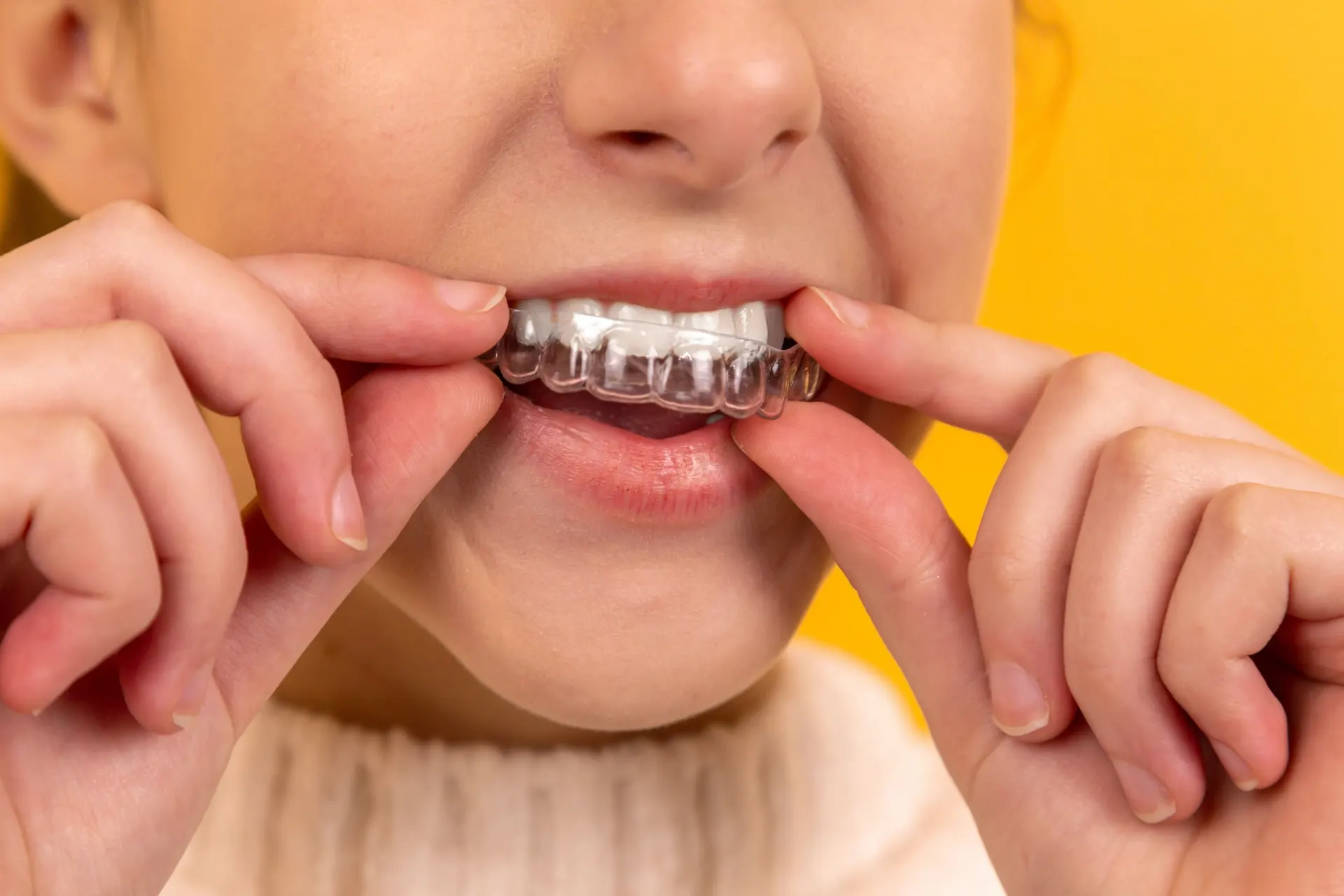
If you're considering Orthodontic Treatment for your child, you're on the right path to ensuring their dental health and overall well-being. Braces, a common orthodontic intervention, can have a profound impact on a child's life.
In this comprehensive article, we will delve into the benefits of braces in early childhood, emphasizing their importance and the long-lasting advantages they offer.
Braces, in their simplest form, are orthodontic devices designed to align and straighten teeth. They consist of brackets, wires, and bands that work in harmony to exert gentle pressure on the teeth, moving them into the desired position over time. Braces are often recommended when misaligned or overcrowded teeth could potentially lead to dental problems.
Early childhood is an ideal time for orthodontic intervention because a child's jaw is still growing. By addressing alignment issues in the early stages, you can prevent more severe problems later on. This proactive approach can save your child from more extensive and costly treatments in the future.
Misaligned teeth can impact a child's self-esteem and confidence. Early orthodontic treatment can lead to improved aesthetics, which, in turn, can boost your child's self-esteem. When children are confident in their smiles, it positively affects their social interactions and overall well-being.
One of the primary Benefits of Braces in early childhood is improved oral health. Misaligned teeth can lead to difficulties in maintaining proper oral hygiene, potentially causing gum disease and tooth decay. Braces help align teeth, making it easier to brush and floss effectively.
Misaligned teeth can affect speech and pronunciation. Early orthodontic treatment can correct these issues, ensuring your child communicates clearly and confidently.
Orthodontic problems in childhood, if left untreated, can lead to jaw irregularities. Braces can correct these issues, ensuring proper jaw alignment and reducing the risk of future jaw-related problems.
Issues like overbites, underbites, and cross bites can be effectively addressed with braces in early childhood. Proper alignment of the bite ensures comfortable chewing and reduces the risk of jaw pain.
The journey to braces begins with an initial consultation with an orthodontist from the Dental Clinic Delhi. During this visit, the orthodontist will assess your child's dental condition and recommend the most suitable treatment plan.
Once the need for braces is established, a personalized treatment plan is created. This plan outlines the specific Type of Braces your child will receive and the estimated duration of treatment.
The Braces Installation Process is typically painless. Brackets are bonded to the teeth, and wires are threaded through them. Your child may experience some initial discomfort, but this is temporary and can be managed with over-the-counter pain relief.
Regular appointments with the Braces Specialist in Vasant Vihar are essential to ensure the braces are effectively shifting your child's teeth. These adjustments are crucial for achieving the desired results.
Proper aftercare, including maintaining good oral hygiene and avoiding certain foods, is essential to prevent any complications during treatment.
2017 © Tooth Town - All Rights Reserved.